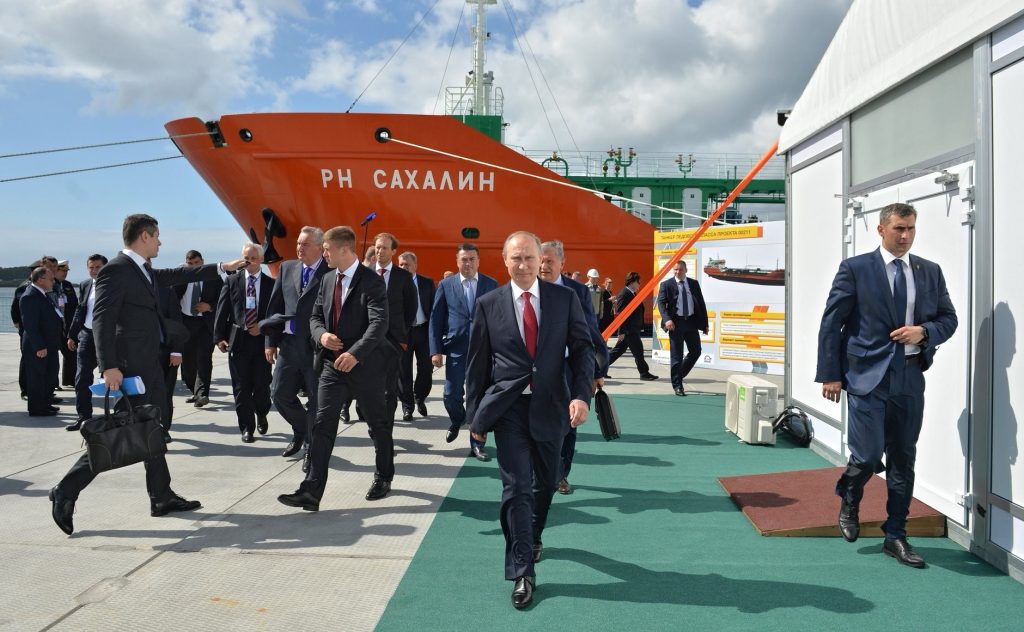
According to the Kyiv School of Economics, Russia is estimated to make $178 billion from oil sales in 2022, and that figure is projected to increase to $200 billion in 2023. However, these figures are estimates, and could be affected by many factors. Additionally, it’s worth noting that Russia’s oil revenues of $218 billion in 2021 were a record high, thanks in part to Europe’s continued purchases of Russian oil.
“Despite the sanctions, Russia has been able to continue shipping its oil to new markets like China and India, though the longer routes have reduced competition and lowered prices by a small amount. Overall, the sanctions have had less of an effect on Russia’s oil revenues than some experts predicted.” said Jan Stockbruegger, a researcher with the Ocean Infrastructure Research Group at the University of Copenhagen.
According to the Kyiv School of Economics (KSE), the price of Urals crude was $84 per barrel in October, which was not far below the average price of Brent crude in the same month ($90.78 per barrel)
Sanction – tankers proofs
In an effort to further reduce Russia’s oil revenues, the EU and the G7 implemented a $60 per barrel price cap on Russian oil sold to third parties. However, it remains to be seen whether this will have the intended effect, as most Russian oil is still transported by Western-owned and Western-insured tankers. The price cap is also difficult to enforce, as Russia has threatened to retaliate against countries that abide by it. Still, it’s an unprecedented attempt to influence the global oil market.
To get around the Western sanctions, Russia has been purchasing aging Western-owned tankers at above-market prices, forming a new fleet that is effectively immune to the price cap. This has complicated the EU’s efforts to limit Russia’s oil revenues, and has raised concerns about the long-term viability of the sanctions. What do you think about this development?
Russia has been buying aging Western-owned oil tankers in order to form a ‘shadow fleet‘ that can evade Western sanctions and continue shipping oil to new markets. These shadow tankers often lack insurance and safety standards, raising concerns about their impact on the global oil market.
While the exact size of the shadow fleet is unknown, it’s estimated that these tankers now carry more than 2.6 million barrels of Russian oil per day. Meanwhile, the price of oil remains high, with Urals crude trading at around $84 per barrel. It’s clear that the shadow fleet is playing an important role in keeping Russian oil exports afloat, despite Western sanctions.
Based on the estimates of the Kyiv School of Economics (KSE), there are at least 187 oil tankers currently operating in a way that helps Russia evade Western sanctions.
It is also estimated that lowering the price cap on Russian oil to $50 per barrel could reduce Russia’s oil revenue by more than half.
However, it remains to be seen whether Western countries will take the necessary steps to reduce the effectiveness of the shadow fleet and enforce the price cap more strictly. Meanwhile, Russia continues to rely on the shadow fleet to maintain its oil exports and revenues. But Moscow is banking that they will not.
On November 27, Russian President Vladimir Putin signed off on a budget that includes a significant increase in defence and security spending, with a total allocation of $157.5 billion. This is part of a larger $412 billion budget that is 13 percent higher than the previous year. The increase in spending is largely based on expected higher earnings from oil exports, despite the price cap. These higher earnings will be used to fund Russia’s ongoing military campaign in Ukraine, as well as increased military spending.

























Last December, the European Union banned imports of Russian crude oil in a bid to starve the Russian war machine into submission over its invasion of Ukraine.